
What Is Mindfulness? A Guide To Starting (Or Restarting) Your Mindfulness Practice
Mindfulness will change your life. The best time to learn the basics about mindfulness and begin practicing is here and now.
Take a second to pause. Is your breathing deep and peaceful, or tense and shallow? Are you holding tension in your body?
Take a few deep breaths, look up from the screen, and pay attention to your surroundings. What sounds do you hear? What do you see? What does the weight of your body feel like against the chair you’re sitting on?
So often in life, we’re in a state of autopilot, rarely stopping to absorb what is available to our senses, rarely stopping to just breathe, and take a moment. But if you took this moment to pause — well done! Your mindfulness journey has already begun.
Unless you’ve been living on the moon for the past few years, it’s likely you will be familiar with the concept of practicing mindfulness. In the United States alone, the meditation market is predicted to pass $2 billion by 2022. From smartphone apps to boardrooms of Silicon Valley CEOs, both mindfulness research and mindfulness training is a big deal, and it’s everywhere.
But what is practicing mindfulness exactly? What’s the link with meditation? And how do you practice mindfulness in your day-to-day life, away from buzzwords and commercialization?
This article will provide you with a thorough overview of mindfulness, along with practical tips to get you started. Just like reading quotes on mindfulness, hopefully this article also offers renewed inspiration for those looking to reignite their practice.
Now, take another deep breath, and let’s explore.

What is the definition of mindfulness?
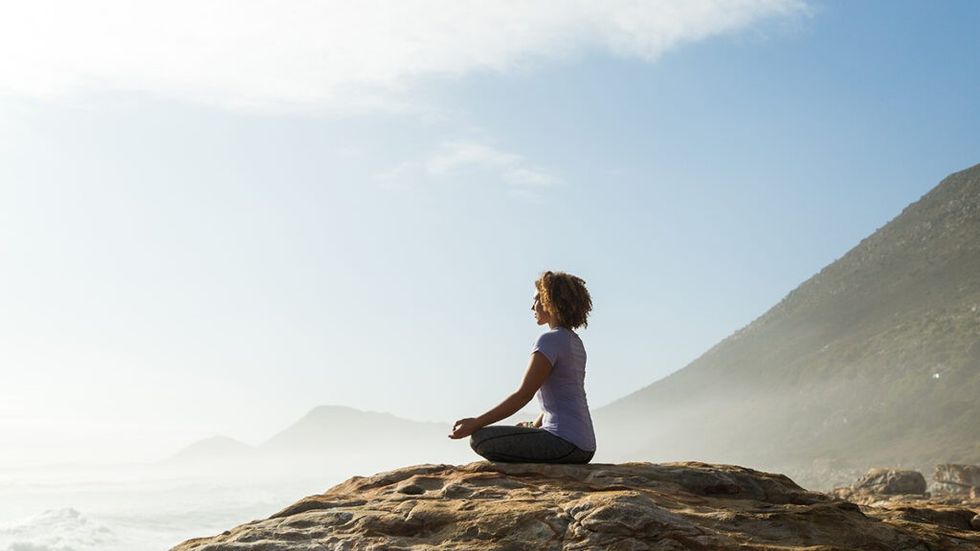
To understand what mindfulness is, it’s important to explore both its traditional, Eastern roots and the common Western approach, which has been heavily distilled and repackaged. But let’s begin with a straightforward definition of the mindfulness most of us are familiar with, from Mindful:
“Mindfulness is the basic human ability to be fully present, aware of where we are and what we’re doing, and not overly reactive or overwhelmed by what’s going on around us.”
Mindfulness originates from Buddhism, with the term itself translated from the Pali word, sati. This is a state of pure awareness, beyond mental activity. The Buddha taught that suffering is caused by attachment, either through resistance or indulgence. In an endless cycle, we cling to things we like and run away from things we don’t like. Yet mindfulness teaches us how to become aware of, and accept, all experience. In doing so, we develop a closer, more intimate connection to the present moment.
Core to Buddha’s teaching is that there is a path away from suffering and that much of our suffering comes from ignorance of the nature of reality. Equanimity is achieved by developing concentration and noticing the ever-changing, impermanent nature of thoughts, feelings, and sensations, with non-judgment.
Here’s the biggest issue with modern mindfulness — in the philosophy of Buddhism, mindfulness is contained in the “Noble Eightfold Path,” a teaching that leads to the end of suffering. Mindfulness is contained with the concentration section of that path. It is taught alongside Ethics, Wisdom, and Meditation.
“With the way mindfulness is being used in the West, we put aside Ethics and Wisdom, and from Meditation, we’ve taken a very tiny part of that: something Buddhists call ‘right mindfulness’,” Ronald Purser, author of McMindfulness: How Mindfulness Became the New Capitalist Spirituality, told Tribune Mag. “Meditation is not just mindfulness and breathing and paying attention to sensations – that is the very thin end of a big wedge.”
Purser’s description of “McMindfulness” applies to the simplified and commodified version of mindfulness in the West. The practice of mindfulness that has become a hallmark of the corporate world, as a tool to improve concentration, boost productivity, is only a small fraction of the full benefits of mindfulness. It often lacks the supportive, philosophical structure surrounding its application.
However, this article won’t delve into the spiritual connotations of mindfulness. As someone who has benefitted hugely from mindfulness in the context of Buddhism, it feels important to provide historical context. But if you aren't a Buddhist, that’s alright. There are still a host of benefits to be gained from a mindfulness practice.
Why is mindfulness important?
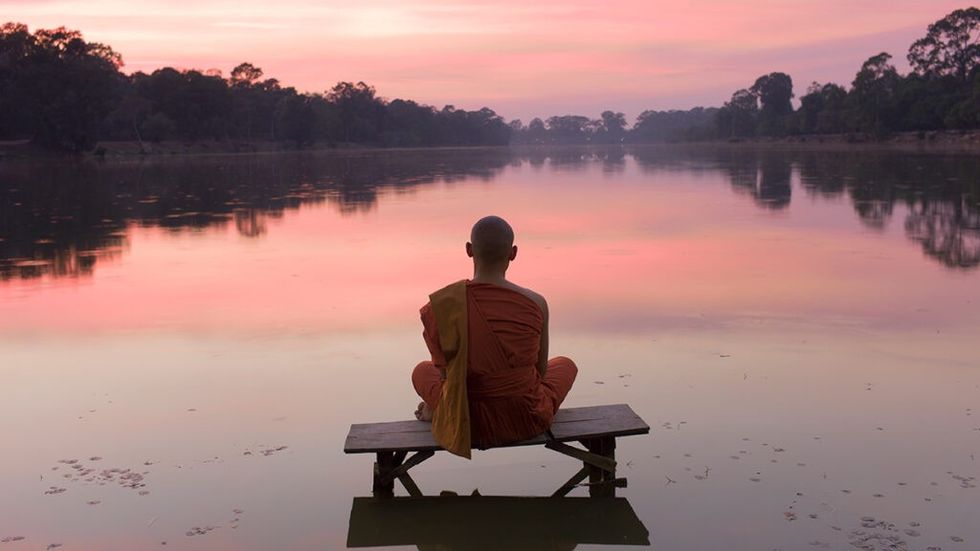
As Buddhist monk Thích Nhất Hạnh says, “Many people are alive but don’t touch the miracle of being alive.” We aren’t taught at school how to manage our busy minds. Without training, we develop what is referred to as the monkey mind, an over-active, out-of-control mind that essentially runs the show. Although we feel we’re awake and in control, we act on autopilot most of the time.
This isn’t an exaggeration. A 2010 study, co-authored by bestselling author and social psychologist Daniel Gilbert, found that participants were “mentally checked out” 46.9% of the time. That’s almost half of their time spent focusing on their own thoughts, not the external world or the task at hand. And, even more worrying, this mind-wandering contributed to unhappiness.
When distracted by thoughts, we’re less present to what’s unfolding in front of our very eyes, the miracle of being alive that Thích Nhất Hạnh mentions. More modest than the miraculous, being caught up in thoughts causes us to miss the tiny details — the feeling of the sun on your skin, the sound of birds, the breeze in your hair. And, it causes us to miss the subtleties during our interactions with others, too.
What are the benefits of mindfulness?
Dr. Ellen Langer, the “mother of mindfulness,” is a professor in the Psychology Department at Harvard University. She has dedicated 40 years researching mindfulness, and her work at Harvard has illustrated benefits ranging from slowing down the aging process, to boosting creativity, to having more flexibility and choice.
“I’ve been studying this for nearly 40 years, and for almost any measure, we find that mindfulness generates a more positive result,” she told HBR. “That makes sense when you realize it’s a superordinate variable. No matter what you’re doing—eating a sandwich, doing an interview, working on some gizmo, writing a report—you’re doing it mindfully or mindlessly. When it’s the former, it leaves an imprint on what you do.”
Mindfully or mindlessly?
Langer explains that top performers in any field will be mindful in nature. Think of Michael Jordan, who focuses so intently on the moment, each shot, each run, and each in-game decision. Or a world-class musician, whose mind falls silent as they become one with the music.
The opposite is true with what Langer terms mindlessness (the monkey mind mentioned earlier). You’re more likely to miss out on opportunities, skip past life’s subtleties, or never be fully engaged with any immediate tasks, which ultimately makes these moments less enjoyable.
Away from performance, there’s an exhaustive catalog of studies illustrating the benefits of mindfulness, which covers almost everything you can think of, as Langer notes. Benefits include better emotional regulation and even better empathy.
The other “big hitters,” those benefits that immediately show the life-enhancing benefits of mindfulness meditation practice, include:
- Stress reduction
- Higher brain functioning
- Lower anxiety
- More calm and inner stillness
- Clearer thinking, less distraction
- Increased immune functioning
- Decreased heart rate and blood pressure.
The difference between mindfulness and mindful meditation
Returning to the earlier definition, mindfulness is to “be fully present, aware of where we are and what we’re doing, and not overly reactive or overwhelmed by what’s going on around us.” A mindful approach can be taken with almost any activity, for a closer connection to the present moment, and moving past the activity of the mind.
There is a close link between mindfulness exercises and meditation, although they aren’t mutually exclusive. Mindfulness meditation, for example, is a practice of becoming fully present to all experiences, as they arise, during the meditation practice. You can think of this as a training ground to improve your concentration, before applying those skills to day-to-day experiences.
The benefit of mindful meditation is that it provides an opportunity to practice the skill of remembering. That is, recognizing when you’ve become distracted, and returning to the present. Personally, I find the practice of meditation invaluable in developing increased mindfulness in daily life, although it's not essential.
A basic example of mindfulness meditation
Keep in mind, mindfulness originates in Buddhism, alongside meditation. The Buddha himself taught the importance of using meditation to cultivate mindfulness. With mindful meditation, you use an “anchor” of focus, usually the breath. You place your attention on this anchor, gently, and simply notice as and when you become distracted.
When it comes to meditation as a training ground, Vipassana is the Everest of mindfulness. But fortunately, you can start small. Follow the steps below for a basic mindfulness meditation:
- Find a quiet spot, somewhere you feel comfortable and won’t be distracted
- Sit on a meditation cushion or chair, with an alert but relaxed posture
- Take a few deep breaths, and close your eyes
- Pay attention to the gentle rise and fall of your breathing
- Notice how your body feels. Feel the weight of the body against the floor, or the chair
- Place your attention on the breath, without changing its natural rhythm.
- Each time you notice you’ve become distracted by a thought, feeling or sensation, return your attention to the breath
Don’t be deceived by how easy this sounds. When starting meditation sessions, many people find it difficult to keep their attention for more than a few seconds! Don’t worry if this is the case. Concentration builds over time, so be patient, notice when you’re distracted, and slowly you’ll improve.
How to add meditation to your daily routine

Starting a meditation routine will allow you to go deeper into your mindfulness practice, as the two complement each other perfectly. Then, you’ll be able to transfer the growing concentration and presence into the real world.
Begin by looking at how to incorporate meditation into your routine, and before long you’ll be able to build a mindfulness-based stress reduction into your day to day life. Here are some tips on how mindfulness can help you.
Find a regular time slot
It helps to have a set time each day, although you don’t have to be too rigid. Most people tend to meditate in the morning or in the evening. Find a time that works best for you, schedule it, and stick to it.
Utilise “habit stacking”
In Atomic Habits, James Clear talks about the power of habit stacking, that is, adding new habits on top of already established ones. So, for example, if you set aside time to meditate immediately after your morning shower, you’re more likely to establish it as a new habit.
Be modest in the beginning
Even if you’re setting aside five minutes, that’s a great start. Allow yourself to work up to longer and longer periods of sitting.
Practice self-discipline
Be wary of giving yourself too much leeway and instill some discipline. The benefits of meditation are wide reaching, but they’re difficult to quantify, especially in the early stages. This requires self-discipline in the beginning to stick with it before the benefits, and momentum, build.
Explore your intrinsic motivation
As an extension of above, remind yourself of all the reasons why you’d like to develop a meditation practice. Do you want to reduce stress? Be more present to your family and friends? Increase your self-awareness? Get better sleep? If you focus on this, mindfulness can help and the results will come over time.
Don’t beat yourself up if you miss a session
Although it helps to meditate daily, practice self-compassion and don’t be too hard on yourself if you skip a session. You’re just a fallible human being after all! Get back into the groove as quickly as you can, but allow your brain the space it needs to perform the meditation techniques and meditation practices you’ve set for yourself.
Stay Focused
Your meditation routine is the “focused” stage of your mindfulness practice. However, there’s no situation where mindfulness can’t be applied. It can be as simple as taking a moment to take a few deep breaths, and notice the weight or sensations in your body. Or it might include slowing down to carry out a task deliberately and consciously.
How to practice mindfulness: mindfulness in the everyday
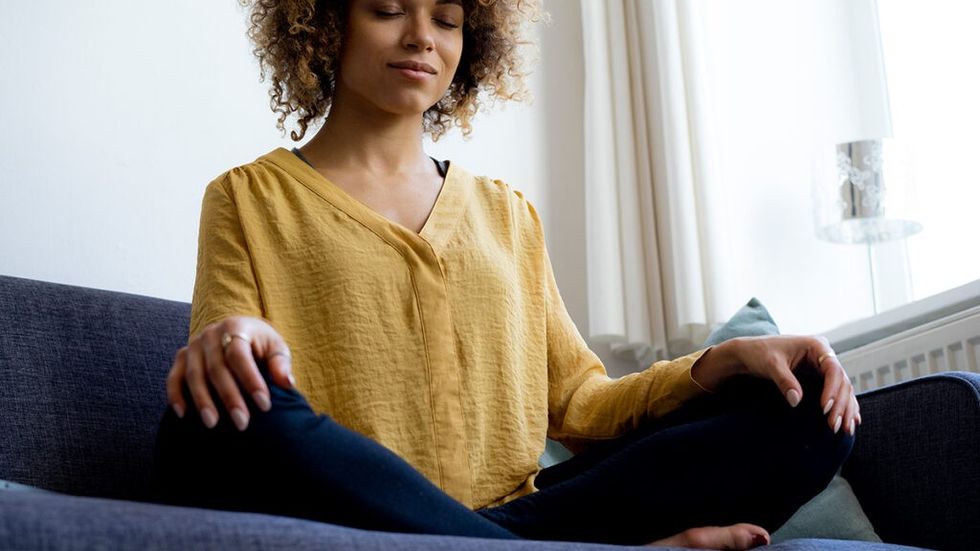
“Everybody says ‘be in the moment,’ and that’s nice, but that’s sort of an empty instruction — everyone believes they are in the present.” Ellen Langer explained to the Harvard Gazette. “Being in the present is a very easy thing that comes about by simply noticing new things. If you notice new things, you come to see you didn’t know the thing you thought you knew as well as you thought you knew it. That’s when your attention naturally goes to it.”
I can vouch for the mistake of thinking you’re being present when you’re not fully engaged. Even thinking you’re present is a thought! But when simply noticing new things and paying extra attention, allowing for a sense of novelty, things change. “It doesn’t just bring about engagement, it is the essence of engagement. It’s literally and figuratively enlivening,” Langer adds.
The practice of mindfulness involves bringing awareness to all sensations. For example, during your morning shower, you might usually find yourself caught up in thought, planning the day ahead, mentally rehearsing how things will unfold. Before you know it, you’ve shampooed your hair twice and become completely lost in thought.
A mindful approach would be to take a few breaths. Pause. Notice the sound of the water. Feel the sensation of water on your body. Focus on the visual phenomena — how light reflects on the streams of water, the patterns soap forms as it drains away. And so on. Throughout, the mindful practice is to notice when you’ve become distracted. Unlike in meditation, the sensations, and the present moment, are the “anchor.”
When I was getting started with my mindfulness and meditation practice, I’d also leave lots of prompts to serve as reminders. I’d have post-it notes on my desk at work, in the bathroom, in my bedroom. The message can be as simple as “pause, and focus on your breathing for 1 minute,” but it’s enough to reinforce the habit.
Look for different cues throughout your day to prompt you into taking some mindful moments. For example, you might focus on your breath every hour, on the hour. Or you might tune into your body, and close your eyes briefly, when you refill your glass of water.
Remember, there’s no exclusive magic formula to mindfulness. Any time you notice you’re distracted by your inner-world and return to the present moment with non-judgmental awareness, you’ve practiced mindfulness. It’s much, much harder than it sounds, however. Re-minding (get it?) yourself to be mindful is the real skill.
The present moment: mindfulness exercises
Being mindful 24/7 is highly unlikely for anyone other than Buddhist monks. We all slip up from time to time. Considering how difficult it can be to hold concentration even during meditation, it helps to have external “prompts” that re-mind you. Mindfulness and meditation exercises make things easier when you’re starting out. Below are 5 favorites I’ve used over the years:
1. Pay attention to standing or sitting
This is one of the mindfulness exercises that is much, much harder than it sounds. The mindful exercise is to notice the transition stage, from standing to sitting, as frequently as you can. How often do you find yourself walking away from your desk, without consciously being aware of standing up? Try to notice each time you do. Pause your thoughts for a second, and tune into the body as you stand.
You’ll be surprised how often you miss this transition, which in itself is an eye-opener. But when the habit develops, it’s a great practice for bringing yourself into the body, especially during a workday. Throw in a few stretches or deep breaths for added mindfulness.
2. Brushing your teeth
Practicing mindfulness in any activity you do is possible. For example, when brushing your teeth, rather than rush through the process, notice how your body feels. Feel the texture and weight of the brush in your hand, and notice how your mouth feels as you brush — the tingle of the toothpaste, the frothy texture. Listen to the sound of brushing. It might be odd, but I find it quite relaxing!
3. Walking through a door
In spiritual traditions, thresholds hold special significance. In Christianity, monks practice what is known as statio, or “threshold moments.” Before entering a church or chapel, the monk takes a moment to pause, to let go of any agitations of distractions that may get in the way of their connection to God.
You don’t have to be a monk to benefit, though. I find the practice of pausing before walking through a door a powerful mindful moment. Whether you’re visiting a friend or about to leave the house to start the day, this centering practice helps breathe more presence into transitions, to prepare for your thoughts and feelings without rushing into the next moment.
4. Mindful walks
There are many benefits to mindful walking, especially when combined with nature, which in itself helps improve mood, reduce stress, and foster a sense of connection and belonging. A lot of people prefer walking meditations over sitting with their eyes closed, especially if the mind is extra busy when sitting still.
Mindful walking is simply walking with an intention or goal in mind. The principles of mindfulness are included: paying close attention to your surroundings, noticing the way the body feels, being aware of your breathing, whilst tuning into sounds, smells, sights.
Although doing this in nature is a profound exercise, I’ve also noticed the joy of mindful walking in busy cities, too. In Berlin, I occasionally walk as slow as I can just to pay extra attention to the feast for the senses, to take in the life and the diversity of people, places, and activities. Without paying attention, this becomes a sea of phenomena, I rush to my location, and miss out on the details.
5. Mindful eating
Last but not least, the benefits of mindfulness are no more immediate than mindful eating. Food is one of life’s greatest pleasures, but how often do we rush through a meal? Or eat while immersed in social media on our phones? Mindful eating is the process of paying extra attention to every sensory experience when eating.
A common practice is to use a single object, such as a raisin or an almond. But you can apply this to any meal. I always try to be as mindful as I can when eating my morning porridge. Many times, before I start I express gratitude. I focus on the visuals, the steam rising, the colorful mix of beige, bright blue, bright red, brown.
Then, while eating, I focus fully on the sensations. I notice the texture of the food from the gloopiness of the oats and chia seeds to the crunchiness of walnuts and almonds. I pay attention to the various tastes, the sweetness of dates, the bitterness of raspberries (I use a lot of ingredients).
I make sure to chew slowly and pause between each bite. It’s hard to describe how much joy this adds to food. Not only that, as if by magic, food tastes better when eaten in this way.
Build the muscle of pausing
In the busyness of life, mindfulness is a powerful tonic, a way to slow down, connect deeper to each moment, connect deeper to ourselves.
“Meditation builds the muscle of pausing,” Buddhist teacher Tara Brach explains. “Over and over, we get lost in doing, recognize it, relax, open and pause again... just arrive right here. And, along with formal meditation time on the cushion, we can practice informal pausing throughout the day.”
Arrive, right here, right now. This is the aim of mindfulness. As this article has explained, most of us spend a large portion of our time lost in thought, on autopilot, moving through life without paying full attention to the journey. But it doesn’t have to be this way, and the journey to increased presence starts with simply noticing.
Start small. Begin with a few minutes of meditation at a time, or prompts throughout your day. But know that, with consistent practice, mindfulness will make you more present. And just imagine: how would your life be if you were mindful, and conscious, most of the time? What would you notice? How would you be? How would your life change?
But, before the journey fully gets underway — pause. And breathe.


















 Old photobooth strip of Nana and Papa@jennjensc/TikTok
Old photobooth strip of Nana and Papa@jennjensc/TikTok An elderly woman sits in chair with blue blanket while doing chemotherapy.@jennjensc/Tiktok
An elderly woman sits in chair with blue blanket while doing chemotherapy.@jennjensc/Tiktok screenshot of a comment on TikTok@jennjensc / TikTok
screenshot of a comment on TikTok@jennjensc / TikTok
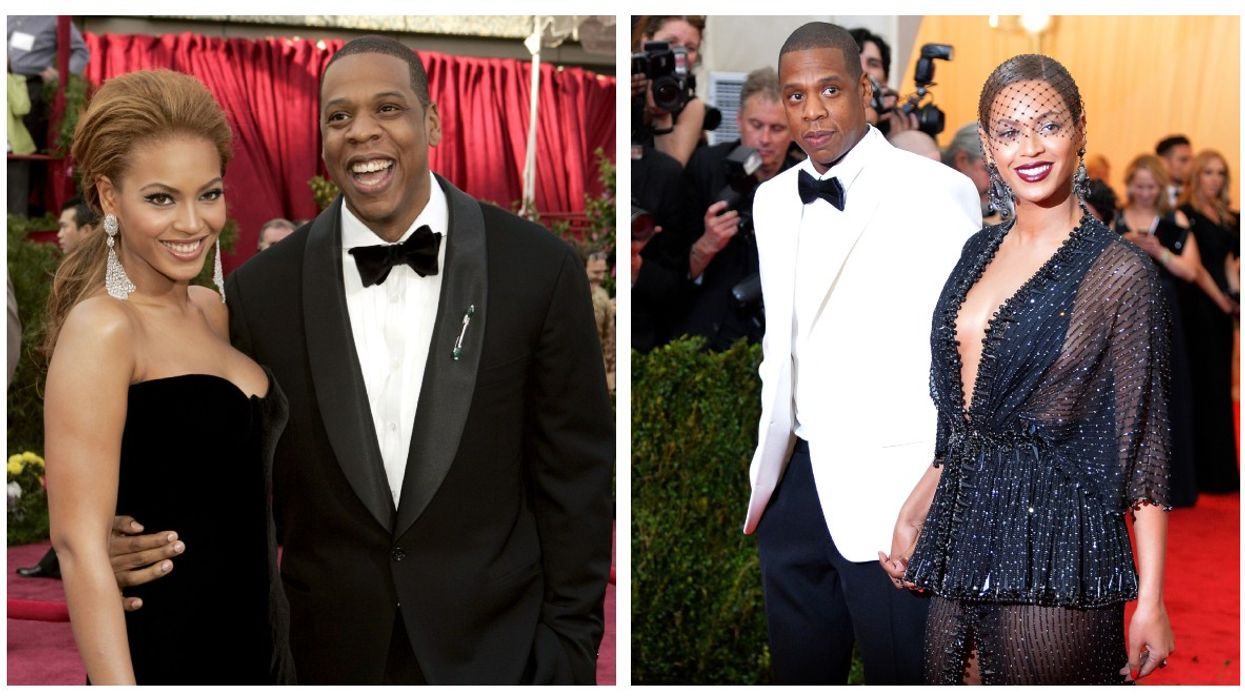

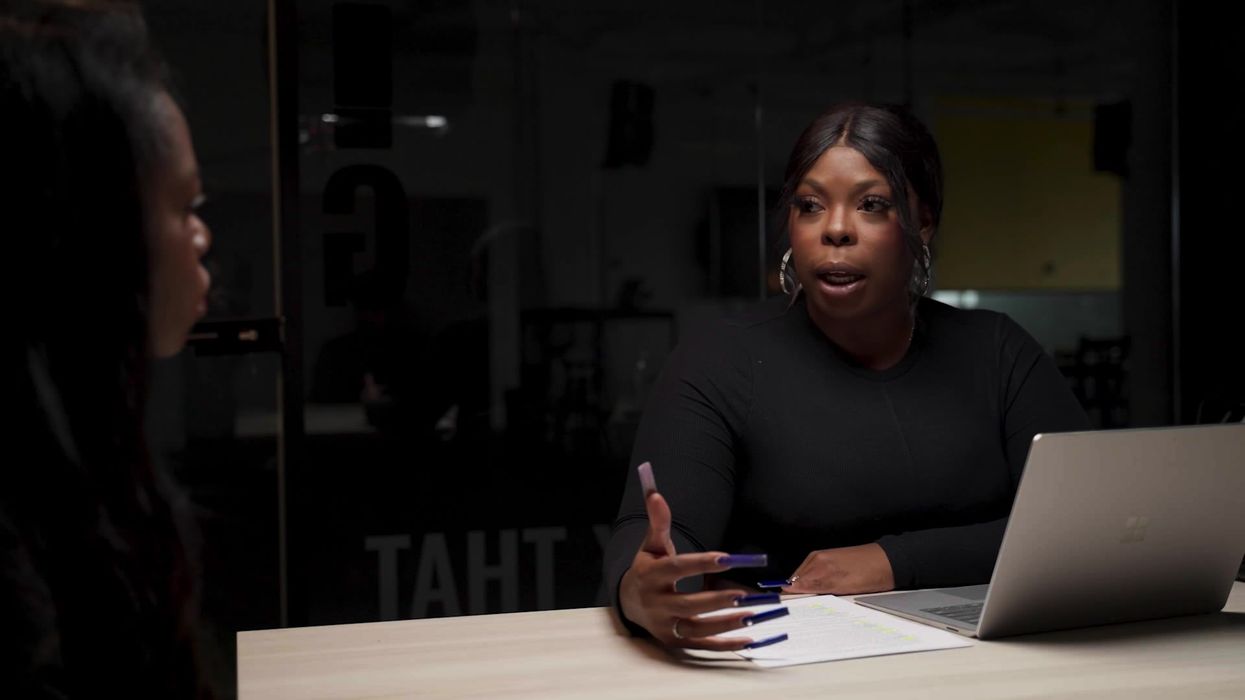








Military Dad Defends His 4 Little Daughters When Strangers Make This Rude Remark